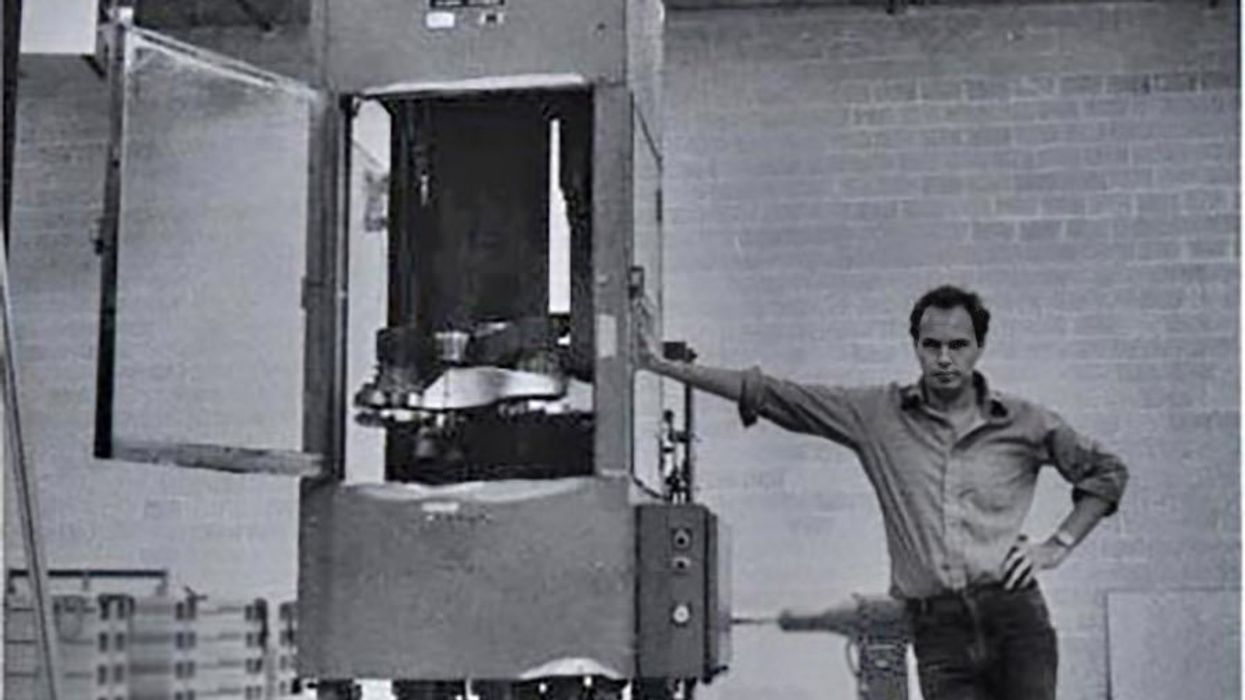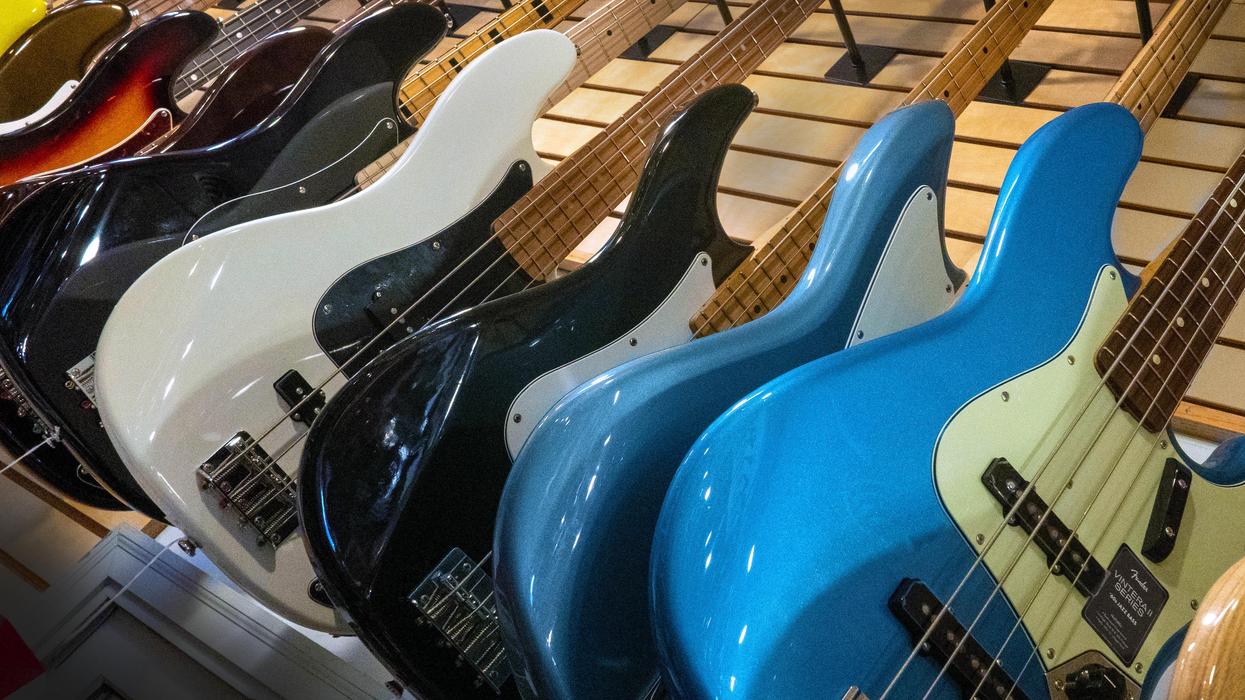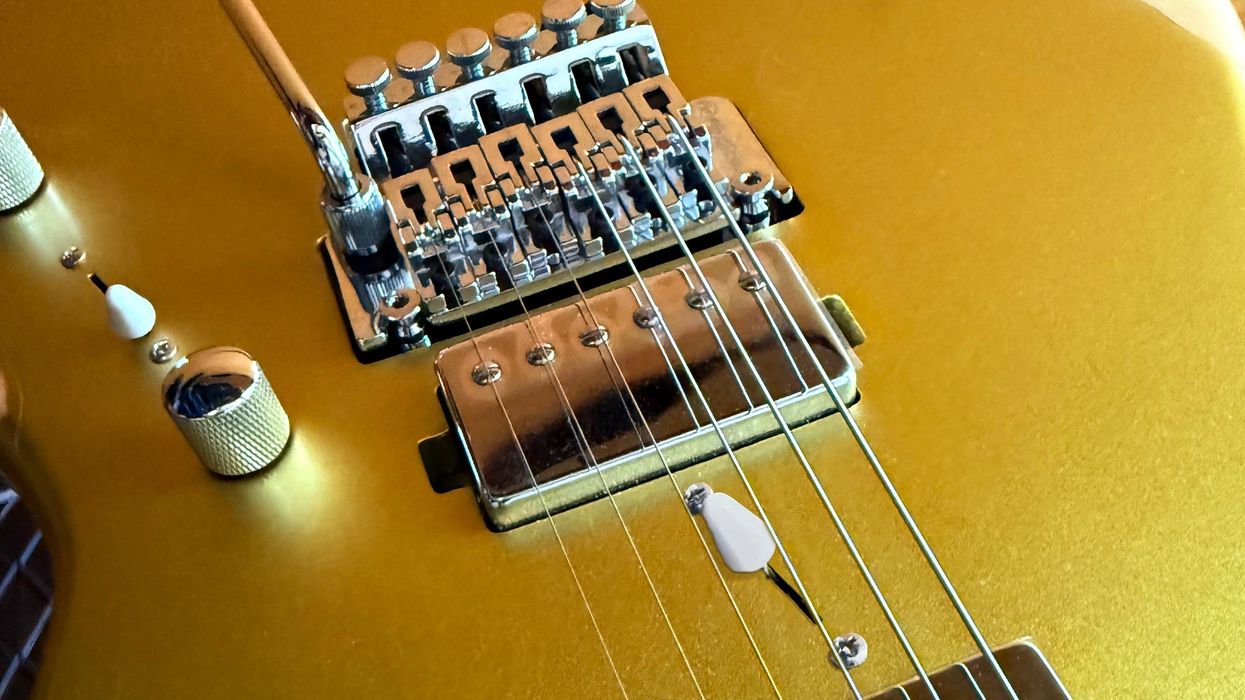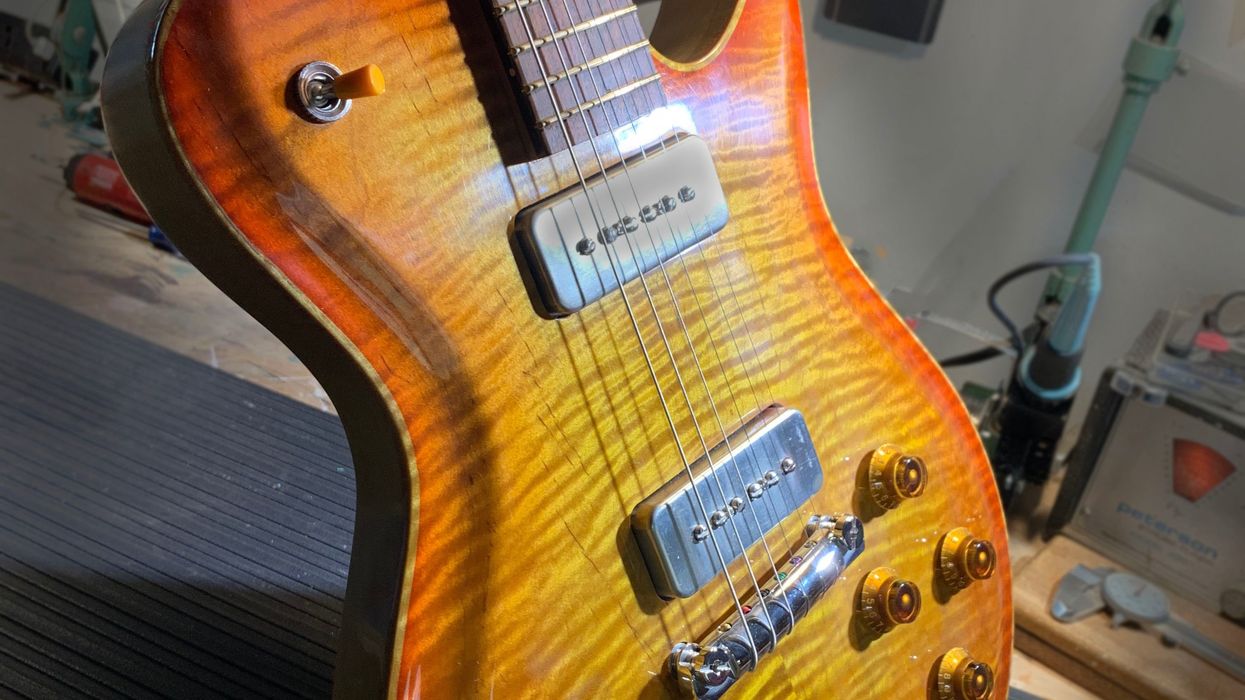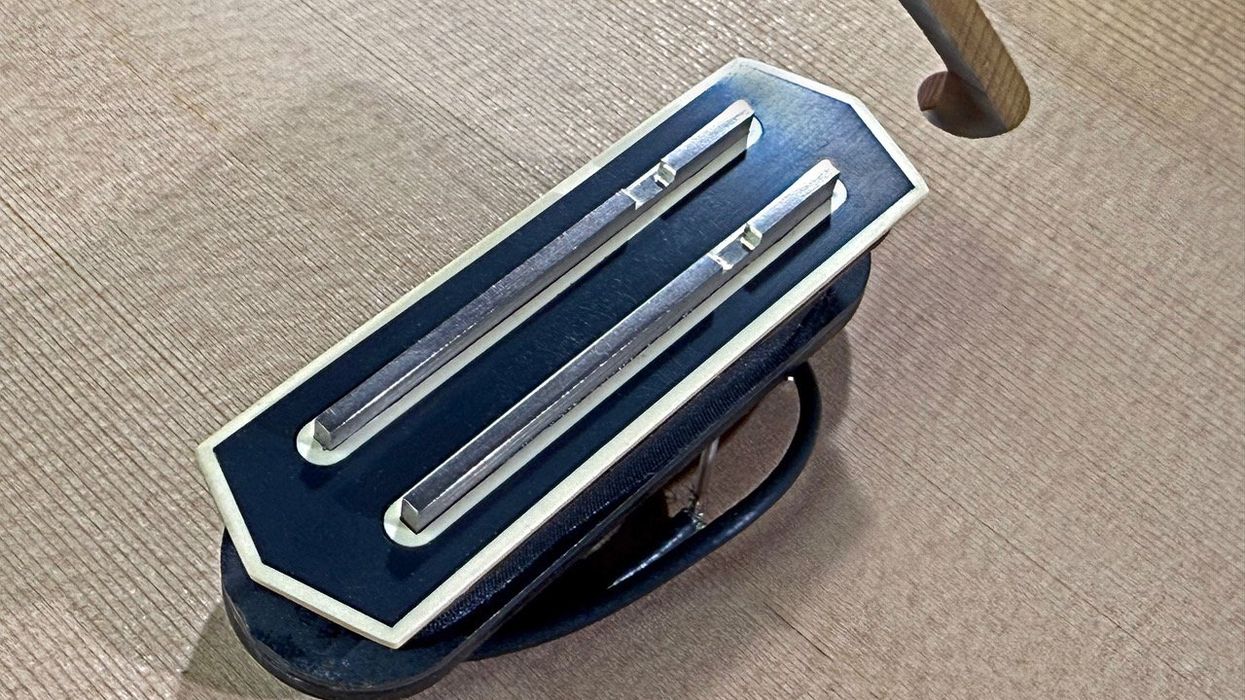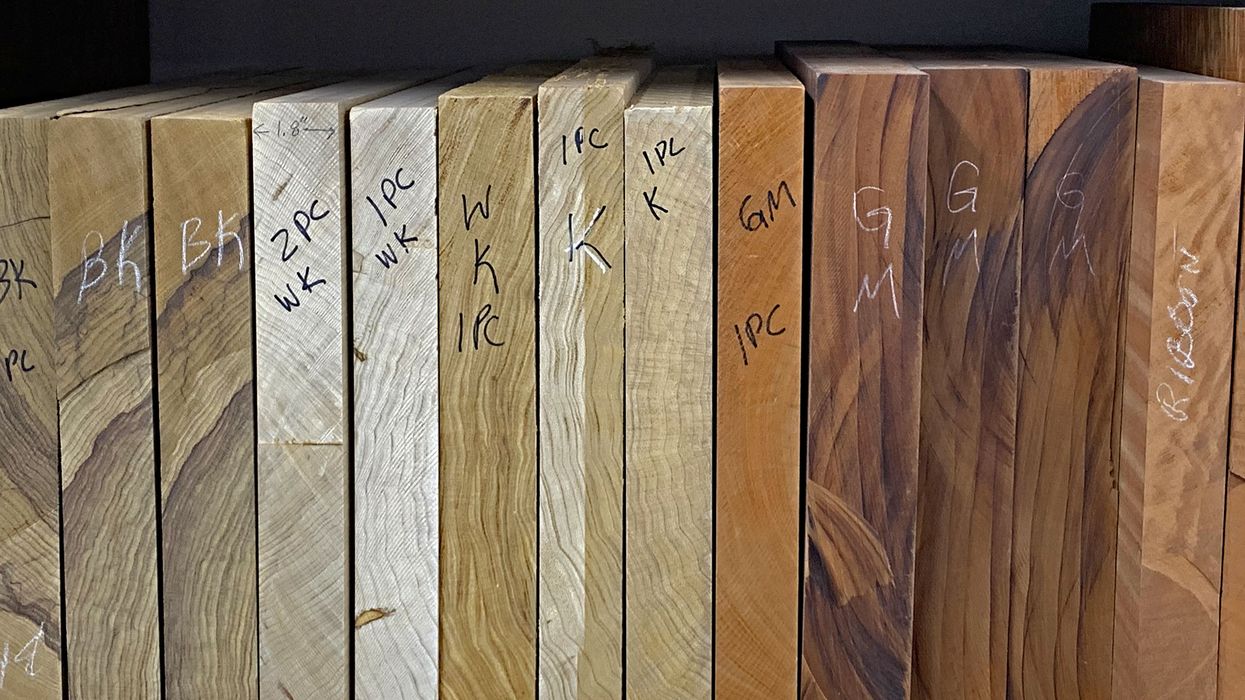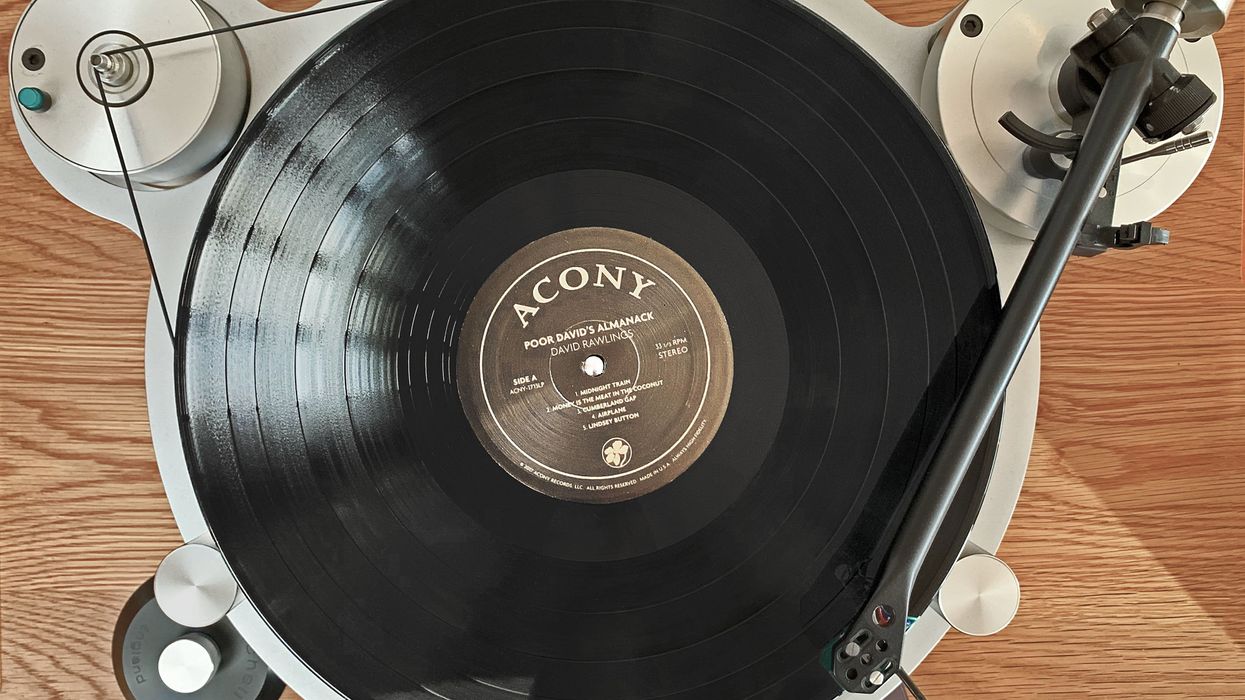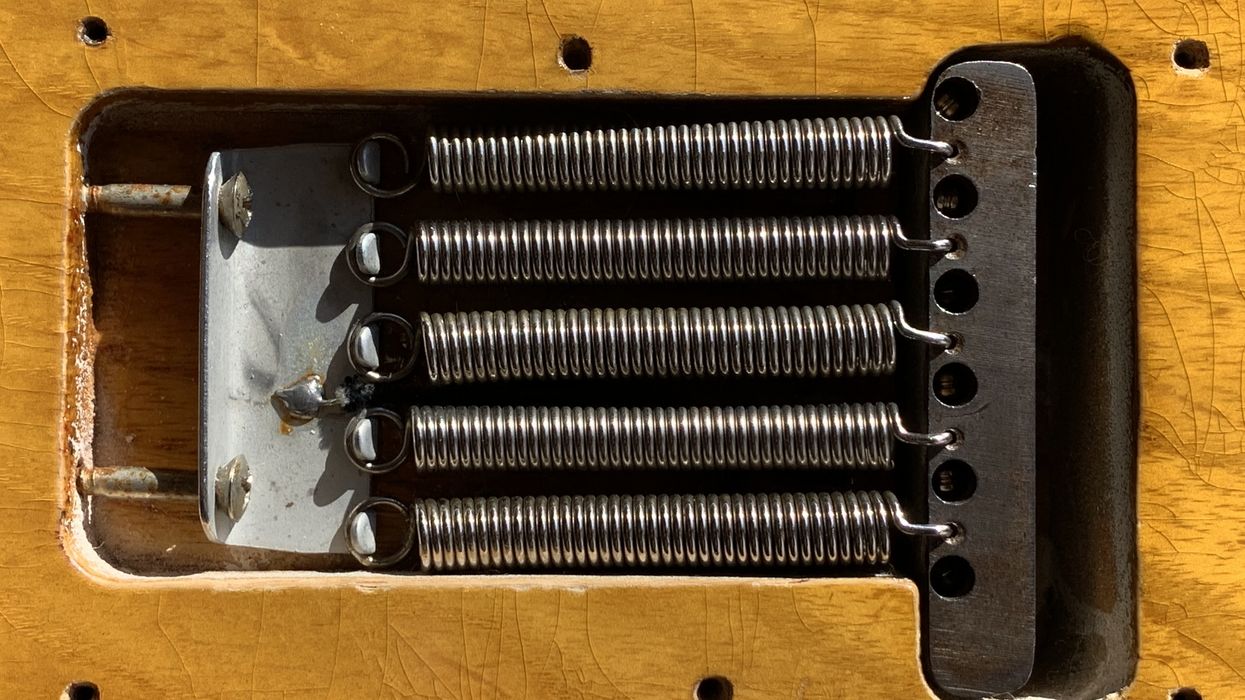The accelerated commodification of musical instruments during the late 20th century conjures up visions of massive factories churning out violins, pianos, and, of course, fretted instruments. Even the venerable builders of the so-called “golden age” were not exactly the boutique luthier shops of our imagination.
Most likely, the majority of the workers who toiled in those facilities were not necessarily end users of the product. But despite the preponderance of private-equity interests at the top of the music-biz food chain, there have always been musicians down in the trenches.
Today, if you’re employed in the business of creating musical gear, more than ever, you are likely to be a musician. A positive shift in consumer attitudes about small brands, often operated by musicians, has added to this as well. With many players thinking that building pedals, guitars, or amps is a dream job, I thought I’d share what I think it takes.
In many ways, building gear is very similar to being a musician. In the beginning, you have to learn any way you can. You might go to school to get an introduction to machining, electronics, or woodworking to get a leg up. There are instrument-building schools as well, but be advised that you may be only learning one way to do something—their way. An alternate route is to learn from a successful person or enterprise—and I don’t mean viewing videos. When I am asked about how to “get into the business,” my advice is to find a job working for a reputable, successful company that is doing what you like, and stay there for at least three years and learn everything you can. I didn’t do that, but sometimes wish I had—it would have saved me a lot of misery. I learned on the job but luckily had two secret weapons: massive curiosity and the willingness to admit when I didn’t know something.
It takes a bit of an ego to succeed at most anything, but I know firsthand that it can also hinder your progress. A little knowledge can be dangerous. There’s a delicate balance between being confident and being humble enough to shut up and take advantage of the information that’s right in front of you. Arrogance seeks to surround itself with people who will lick boots, but smart people aren’t afraid to work in the shadow of those who are more accomplished. There have been numerous studies that show that when college roommates are chosen at random, the roommate whose GPA is lower will often study harder and raise their own average by a significant amount. The old saying goes something like: You can’t learn anything if you’re the one doing the talking.
Similarly, if, as a musician, you play with people who are better, you have to step up as opposed to just coasting along. It’s humbling to be at the bottom, but humility can be the best way forward. I’ve taken a lot of entry-level jobs at machine shops and factories, and the education served me well. The best advice here is to show that you are eager to learn, not how much you know.
“When I am asked about how to 'get into the business,' my advice is to find a job working for a reputable, successful company that is doing what you like, and stay there for at least three years and learn everything you can.”
Perhaps you’ve heard the story of someone who started out sweeping the floor who eventually rose to the top. Maybe in today’s corporate world, where a degree might be considered more desirable than actual experience, this isn’t a good strategy, but I can tell you that a lot of menial jobs afford you a perspective that will come in handy later. Pay attention to everything.
At one job assembling precision equipment, the supervisor asked me to report to the loading dock to fill in for a couple weeks. Instead of grousing about being demoted to a lower rung, I decided to learn how that department worked. I focused on doing well, learning, and gathering information about shipping and receiving. The shipping guys were happy to pawn off responsibilities on the “new” guy. That knowledge helped immeasurably when I had my own business. The very same scenario presented itself in a succession of industrial and creative jobs. In essence, I was being paid to go to school. People will share their expertise if you show respect for it—and that costs you nothing.
Regardless of what you’re trying to learn, it’s a better education to be a wide-eyed small fish in a big pond than a big fish in your own little puddle. The same goes for any job. Start in a position where you aren’t expected to know everything. This is where pride may derail you, but remember, you’re there to learn, and they’ll be watching. The smart money is on doing a great job sweeping that floor without a trace of complaint, because the way you do anything is the way you’ll do everything.


